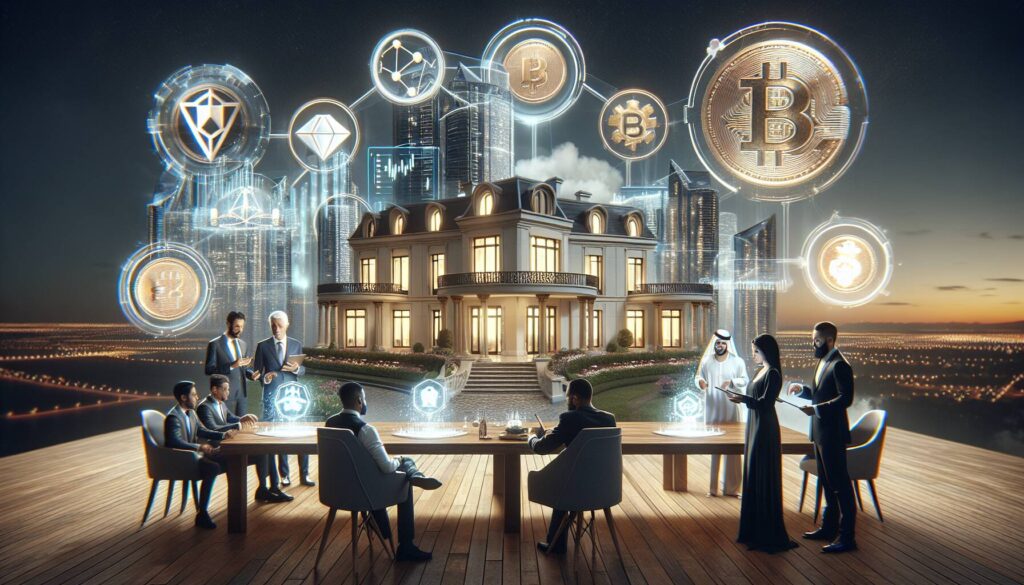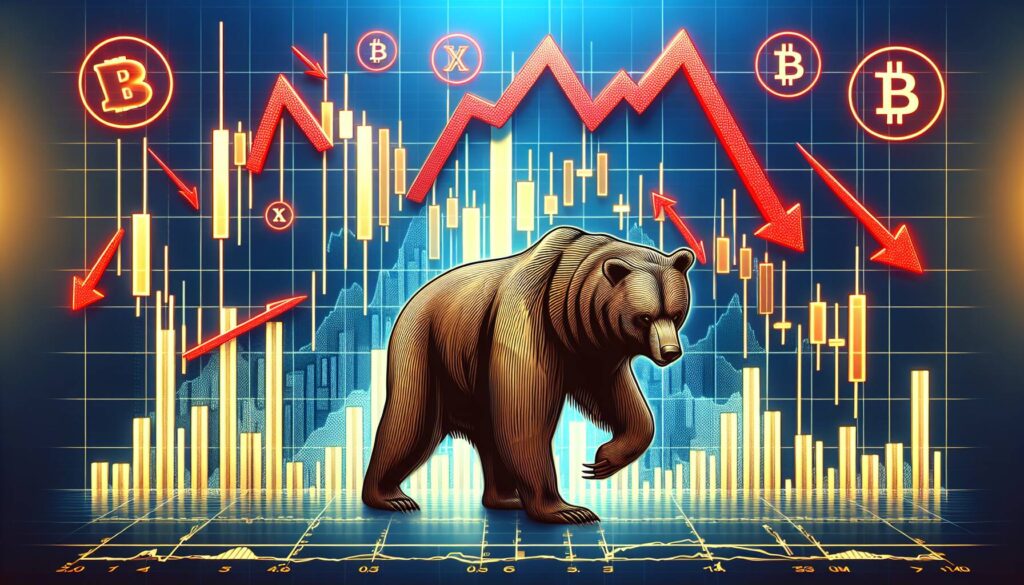Mantle, a blockchain platform supported by crypto exchange Bybit, is making significant strides into the burgeoning real-world asset (RWA) sector with the introduction of a new tokenization service. This development was announced at the Token2049 event in Singapore, and the service aims to integrate traditional finance with blockchain technology.
The platform’s Tokenization-as-a-Service offering includes a suite of compliance services such as licensing, know-your-customer (KYC) tools, legal structuring, smart contract deployment, and security monitoring, alongside integrations with decentralized finance (DeFi) for effective price discovery.
“RWAs are no longer niche. With a $26 billion market today and trillions forecasted by 2030, institutions are racing to bring assets on-chain,” stated Emily Bao, a key advisor for Mantle, highlighting the growing demand for such solutions.
In a related development, World Liberty Financial, a blockchain protocol connected to the family of former U.S. President Donald Trump, announced its intention to deploy a $2 billion stablecoin on the Mantle network, further indicating the platform’s increasing significance in the financial landscape.
Mantle is evolving from being merely an Ethereum layer-2 solution into a comprehensive crypto ecosystem. It is now embedded within Bybit’s trading platform, increasing its accessibility to millions of users. Additionally, Mantle is working on UR, a fintech application designed to bridge cryptocurrency and traditional financial services.
“Mantle now sits at the heart of Bybit’s ecosystem,” commented Ben Zhou, co-founder and CEO of Bybit. “Together, we’re building a full-stack institutional bridge from TradFi to DeFi — with RWAs at the center.”
The native token of Mantle (MNT) has recently surged to an all-time high of $2, experiencing a 4.5% increase in just 24 hours, marking itself as one of the standout performers in the cryptocurrency market with a remarkable 73% gain over the past month.

Mantle’s Expansion into Real-World Assets
Key Points:
- Tokenization-as-a-Service Platform:
- Launched at Token2049 in Singapore.
- Includes compliance services such as KYC, legal structuring, and smart contract deployment.
- Integrates security monitoring and DeFi tools for enhanced price discovery.
- Market Growth Potential:
- Current RWA market valued at $26 billion, with expectations to reach trillions by 2030.
- Increasing institutional interest in bringing assets on-chain, creating opportunities for investors.
- Integration with Bybit:
- Mantle is becoming part of Bybit’s ecosystem, gaining exposure to millions of users.
- Development of UR, a fintech application bridging crypto and traditional finance.
- Native Token Performance:
- Mantle’s token (MNT) recently hit an all-time high of $2, reflecting increased market interest.
- MNT has shown a significant gain of 73% over the past month.
- Institutional Bridge from TradFi to DeFi:
- Efforts focused on creating a compliant infrastructure that meets investors’ needs.
- RWAs positioned as a central focus for this transition, potentially transforming financial asset management.
“Mantle is building the compliant infrastructure, liquidity access, and developer programs needed to meet that demand head-on.” – Emily Bao
Mantle’s Strategic Leap into Real-World Assets: A Competitive Overview
The recent launch of Mantle’s Tokenization-as-a-Service platform positions it as a formidable player in the burgeoning real-world asset (RWA) sector, in stark contrast to other blockchain initiatives like World Liberty Financial, which also targets this lucrative market. Mantle’s compliance-focused services — including KYC tools and legal structuring — provide a robust advantage as institutions increasingly seek secure on-chain solutions. By emphasizing regulatory adherence, Mantle could attract conservative financial entities looking for trustworthy blockchain alternatives.
However, while Mantle leverages Bybit’s extensive user base for substantial exposure, World Liberty Financial’s association with notable political figures might yield a different kind of appeal, particularly to those valuing connections in high places. The dichotomy here could create challenges for Mantle, as potential users may weigh the political allure of World Liberty against the formal advantages offered by Mantle.
The expansive RWA market, currently valued at $26 billion, highlights a significant opportunity but also invites competition, with analysts projecting growth into the trillions by 2030. Establishments aiming for a piece of this emerging pie may find Mantle’s feature-rich offerings sufficiently attractive, but they could feel pressured by the novelty and reputation of similar protocols. For traditional financiers navigating this digital transition, Mantle’s infrastructure could serve as a bridge to greater blockchain fluency, aiding in their transformation from conventional to decentralized finance.
Interestingly, if successfully adopted, this could create friction points for existing crypto entities resistant to adapting their services for RWAs. Institutions prioritizing innovation might benefit from Mantle’s pioneering approach, while those clinging to traditional methods may face obsolescence in the rapidly evolving financial landscape.















